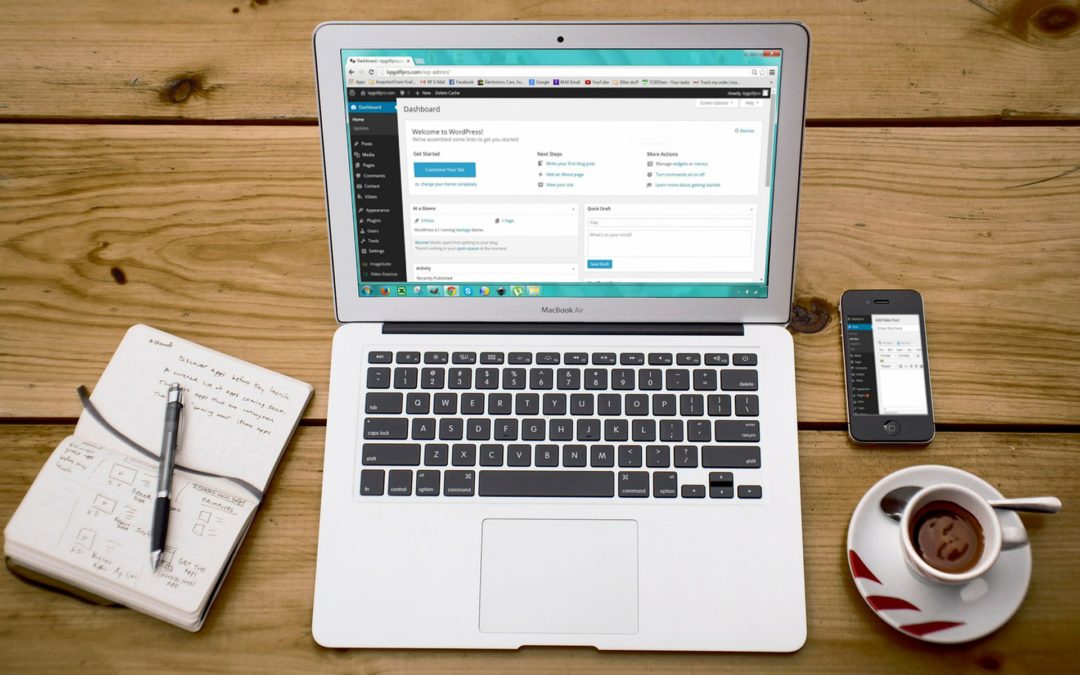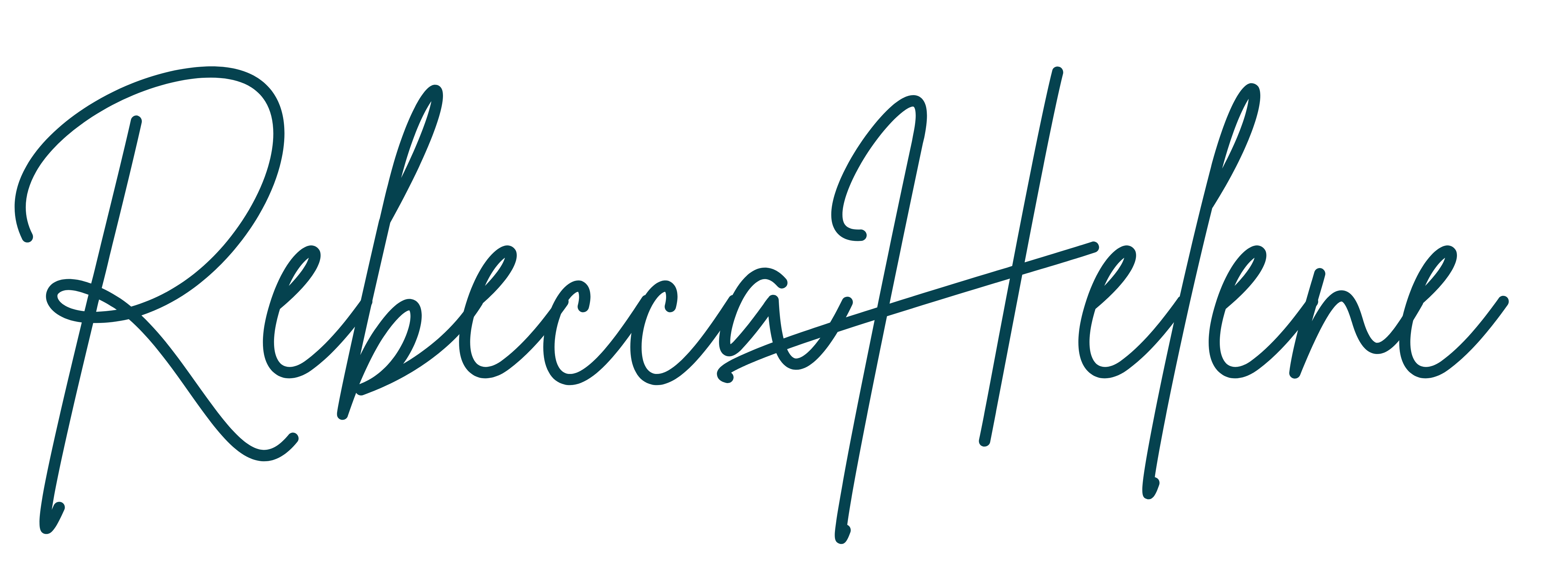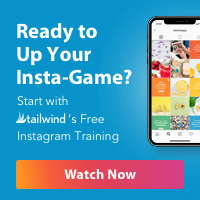
This post is one of many in my Blogging Journey. Follow along, because those pros are ignoring some hurdles that we can jump over together.
Did you know that if you haven’t sprung for an SSL Certificate yet for your blog, your credit card information can be found and attached to all of your contact information?
I didn’t.
Since I followed my own advice and created more content before tinkering with the website layout any longer, the technical side of my website design took a brief hiatus.
Today’s “What Should I Have Done?” moment is brought to you by the letter “S” for Security.
I can only speak for Bluehost because it’s my website hosting choice and I haven’t worked with others, but I imagine they work similarly. Each provides a basic, entry-point level to get your foot-in-the-door and allow you to get acquainted with their program before deciding what add-ons you may or may not need.
In standard fashion, I wait to pay for the best value until doing some research. No need to increase your expenses pointlessly, especially in the early stages or if you are only writing as a hobby.
Very quickly, I started learning that it is absolutely worth it to upgrade your hosting site for added privacy and security settings.
[click_to_tweet tweet=”Starting a blog? Spring for the added privacy and security settings. You won’t regret it. ” quote=”Starting a blog? Spring for the added privacy and security settings. You won’t regret it. “]

Unsolicited Calls
I bought three domains across a few weeks (classic over-achiever in me) and while not a single one had yet launched, I suddenly had more “Unknown” or “1-866” phone calls in the last few weeks than I had total in the last six-months, so I found it hard to believe it was for any other reason than my new registrations.
Oh that, and of course the fact that one call that I did opt to answer was from a Web Design Company offering to build my new website… one which I never heard of and when I had never solicited any information for help to build my new site.
Public Contact Information
I stumbled around social media with complete “newb” questions. A high school classmate I hadn’t spoken to in years kindly reached out to help.
Within minutes of providing him my domain name, even though my site wasn’t even live, he quickly told me he found my phone number, address and full name as the owner of the site, which can be quickly linked to credit card information (see below) and how many people find themselves down the rabbit hole of identity fraud.
Even if you intend to build a small, personal site to share with only friends or family (or even just yourself,) be aware that the second your information goes online, somebody can and will find it. Keeping costs low is important, especially if you will not be monetizing your site, but sometimes the upfront cost is better in the long run.
I quickly opted to pay the upgraded privacy fees, and have not noticed this problem since.

Get the SSL Certificate
When you go to a new website and you get a popup warning you that the certificate is not verified and asking if you trust it, what do you do?
I usually click away and decide there are plenty of other resources out there.
If you want your site to register as a trustworthy resource and appear to all web searchers, you need an SSL Certificate.
The bigger problem is that any computer between you and the server can see your credit card numbers, usernames, passwords, and other sensitive information if it is not encrypted with an SSL certificate.
The bigger problem is that any computer between you and the server can see your credit card numbers, usernames, passwords, and other sensitive information if it is not encrypted with an SSL certificate.
How scary is that??
Some of us just like to write, others seek a sense of community… many unknowingly opting into what otherwise would seem like the “plenty good enough beginning package” of website hosting.
Luckily, Bluehost has been easy to work with and you can quickly upgrade at any time.
I’ll be sure to keep you posted as I learn more about security and privacy issues. Maybe the helpful strangers on the other side of the 1-866 phone lines have some words of wisdom!

I’m an idea person. My StrenghsFinder traits include Strategic and Futuristic, which accurately depict me as somebody who can get grand visions and plans; I can see what a project has the potential to be (which is odd because I’m no daydreamer – it’s always very logical, practical long-term realistic success.) The point is, once I decided I wanted to start a website, I knew it was the implementation part that wouldn’t be my natural inclination to push on. So, I forced myself, knowing otherwise my plans and thoughts and dreams would keep me awake at night thinking, “Oh come on. It can’t be that hard to learn. What’s one more project?”
And here I am now.
I won’t pretend like it was a series of easy decisions, but I ended up getting my Bluehost domain and hosting combo and now I use ElegantThemes on my WordPress.org site to try to figure out how they all work together.
My biggest lesson and suggestion of the day for all newcomers walking the path alongside me:[click_to_tweet tweet=”Blog Beginners: Have written content and photos before trying to find the perfect layout. ” quote=”Have written content and photos before trying to find the perfect layout. “]
Maybe this is obvious to most and I missed the memo. But I was so consumed with doing everything right the first time that I didn’t want to start adding my precious, polished final product to my sloppy, not-really-existent site.
Whatever I installed or removed, whoever I trusted with admin powers to come in and tinker along the way, I wanted full immunity for the little completed content I held closely to my chest.
I was wrong.
Very, very wrong.
As I started tinkering with free WP themes, I’d install one and immediately wonder why my page looked nothing at all like what I had just selected. I started believing that perhaps the thumbnail showed what was possible only if you spent a lot of customization time, not what the theme download automatically creates for you as a baseline.
So I made a jump to paid themes. And on a parallel website venture I embarked upon (a long story for another day) I hired a WordPress expert and website designer to custom build and upload a site for me so I could get ideas out of my head and start getting them on (virtual) paper.
Admittedly, I wish it didn’t take me so long to realize this, but the truth is:
You need to add your content and photos first to truly understand the capabilities of your layout.
So many of the theme samples look fantastic because they are professionally tied together. Photos have been properly sized and have beautiful overlays that pop when you scroll over with the curser. Headshots have already been edited and formatted into circular borders, giving them that immediate “blogger” look.
There are no placeholders in the themes I have worked with, and that threw me off. There is no grayed-out box where a photo will be placed. And that, my friends, is when I gave up and started adding content to see what the heck I would ultimately be looking at. I added fake photos and a lot of “content goes here” placeholder text.
Finally, I’m now seeing results in live-time. Some home pages are simple, straightforward, and highlight one new post; others have the optionality to show eye-catching text from dozens of recent articles.
Until I have dozens (or at least half a dozen) articles, I can’t truly gage what I like, what I want, or what will work for my content.
Because I’m jumping through the hoops and see how easy it is to get lost in the weeds, I’m setting small, specific goals along the way (not quite SMART goals because I’m cutting myself some slack on the timeline!)
Sharing my goals does two things:
1. It keeps me accountable and focused on exactly what I need to do the next time I sit down to work on my site.
2. It shares my exact steps and thought process with you as I build a website from nothing – and hopefully opens the door to meet and talk to some of you out there at the same stage!
Goal Setting: Generate and upload 6 initial posts, complete with featured image (and not just a placeholder!)

This is not a guide to the proper, clean way to start your own blog. In fact, the truth is that I am putting this airplane together while flying it.
It has been about 50% helpful and 50% intimidating to read all of the “how-to” guides to start a blog online. At some point it feels like the courses and e-books being sold must tell their audiences that the hottest topic to make a sale is to create your own “how to blog” post and push it out into all of the advertising channels, even if they know nothing more than “Buy a domain, use Bluehost, get WordPress and you’re done. You’re ready to publish.”
I am intrigued at how so many people have discovered the secrets of gaining audiences and making a living online, and yet how so many others can follow their step-by-step (paid!) guidance, and still not excel the same way. But I don’t believe in copy and pasting someone else’s work and insight if you haven’t tried it and tested it for yourself.
So here I am, working through the steps and exposing the messy side of creating a website as I go along.
I thought there might be others swimming in the same kiddie pool of website and WordPress chaos, and that either we can learn together, or my failures will help guide your successes.
What I’ve learned in the first few days of the process is that the guidebooks online are nice, cleaned up versions so as to attract and keep your attention without intimidation.
Tough love coming ‘attchya. The steps and the setup were fantastic at first. Then, out of nowhere, I was hit with a strong dose of “What the heck did I get myself into?!”
In true foot-in-the-door fashion, though, I am knees deep in costs for a domain name and hosting, so the goal is to truck on through and admit all of the faults and flaws along the way. Maybe you will help, maybe you will heckle but either way, I welcome you to join me as I stubbornly insist on adding “build a website and run a blog” to my relentlessly increasing list of new adventures I vow to attempt.

Do you have a passion project that you have started a dozen times, put down, let collect dust, picked back up, but never saw across the finish line? Are you so excited about possibilities and potential and opportunity that it actually works against you sometimes?
If so, you’re no alone. You and I are the same, friend.
I have a wide array of interests. So many so that I went from zero websites to three, practically overnight.
Is this because I suddenly hit the lotto, hired help and became a confident internet virtuoso? Absolutely not.
It’s because I’m a normal person, who made normal excuses so familiar to most of us, and I was sick of it.
For years I have wanted a website. Why? Because it’s always been fun and freeing to write, communication has always come naturally to me, and these days it acts as a creative balance to my finance-focused fay job.
What was holding me back? Well, that’s where we cue up the excuses.
First and foremost, I had no subject matter. Or maybe more appropriately, I had no focused subject matter. The constant ping-pong game in my head kept me bouncing around with ideas, content and purpose without ever settling on just one, niche passion-project to channel my energy and focus.
I’d want to document my travels but was self-conscious about the diary-feel of the original WordPress blogs. Plus, I would have one great adventure and then be subjected back to the Ramen-noodle lifestyle of the collegiate woman on a budget.
Later, I became a craft beer geek and wanted to share the love with others, especially women intimidated by the bearded machismo enveloping the market. I didn’t because of a twofold concern:
- I’d look like an alcohol-obsessed millennial to future potential employers who wouldn’t understand the art and “foodie” type appreciation I had for the industry.
- I’d be “wrong” about my opinions and descriptions of the beers and brands. After all, I am no brewer, Cicerone or bearded-hipster, so who am I to tout myself as a craft beer nerd?
So I’d again bounce to a topic I felt I knew well: personal and career development. After all, I’ve always worked hard, volunteered, and strapped on my boots to prepare for that corporate ladder climb. I have career coached, resume revised and interview aced… and somehow still questioned how my under-30 self could be seen as an expert when there are clearly defined, admired industry leaders in the field.
Do you know what the answer was? The key to getting past it all?
So what?
Asking myself “So what?” has been the driving force behind finally getting started.
Asking myself, “So what?” has been the driving force behind finally getting started.
So what if there are first movers or industry leaders already out there? So what if I am not the premiere, numero uno extraordinaire in a subject matter? Considering I don’t have a PhD, that will likely be the case for every subject in life if held to that regard.
But I realized, if I had started when I wanted to, it would have been about ten years ago. I would have been alongside, or even before, the huge rise in popularity and audience and demand for original voices and original content.
Maybe that wouldn’t have been my forte, but it is a rude-awakening when you see how much has been accomplished- how much was possible – when I was busy making excuse for why it wasn’t possible, or at least not for myself, or not at that moment.
I wanted perfection. I wanted processes and strategy; a strong branding identity; clarity and focus for my goals; purpose and target audience – all of the things we are taught are good and important for new ventures (and they are, don’t get me wrong.) But if you are anything like me – a strategic, detail-oriented, rule follower, you’ve got to kick all that to the curb and ask, “So what?”
“If you are anything like me – a strategic, detail-oriented, rule follower, you’ve got to kick all that to the curb and ask, “So what?”
Let’s learn as we go together. It won’t always be glamorous or shiny. “Perfection” may have to become a dirty word, shunned from our vocabulary. But today, I am the proud owner of three websites, without the first clue of technology and web-design.
So what?

Have you stumbled across the popular Tim Ferriss lifestyle design books yet? With titles like “4-Hour Workweek,” it would have been hard to pass it by on a bookshelf without giving pause and perhaps backtracking for a quicker look.
Before scoffing and assuming it’s another “new-age millennial get-rich-quick dream-scheme,” let me admit, I expected so, too. But in picking the book, I am finding it to be motivating and thought-provoking. It’s truly got me hooked, thinking more about the foundations of lifestyle design.
As a Gen Y member (yes, I feel the need to differentiate) I grew up in a classic Baby Boomer family. Both of my parents worked hard in traditional jobs, for companies they stayed loyal to for decades. The mentality was engrained in me to work hard and save up for retirement. We had a great life, full of little luxuries and never wanted for anything. But we seldom traveled, aside from perhaps an annual drive up the coast from South Florida to Pennsylvania to spend a piece of summer vacation with family.
As I got older, I was bemused meeting friends who had been to the west coast, explored a national park, or even taken a flight overseas.
Picking up this 4 Hour Workweek book brought me back to those emotions, and put into works all of the feelings I couldn’t express the right way. Tim Ferris recognizes and explicitly establishes that we shouldn’t be “working for retirement” – we should be working to create a lifestyle we want. We have the options and capacity to take “mini-retirements” now, while we have our health.
Since I work in a corporate finance day-job, there are certainly features in the book what would be too whimsical to attempt applying in my current career. However, some of the psychology and even just the energizing prose makes it a good read if you’re starting to feel trapped in the hamster wheel.
As I pick up the book to re-read a second time, I am looking forward to highlighting key takeaways from specific chapters here in my new blog outlet. I can’t wait to hear from others and start a conversation. Have you read the book yet? What sections caught your attention most? Let me know in the comments below!








 I create resources for female entrepreneurs and career-driven women striving to break out of their comfort zones and through the glass ceiling.
I create resources for female entrepreneurs and career-driven women striving to break out of their comfort zones and through the glass ceiling.


